Update 06/01/17 – My thoughts and recommendations on the new Phantom 4 Pro & 4 Pro +: Phantom 4 Pro – Thoughts & Best Image Settings.
______________________
I have a new film – By Land, Sea, and Air. It explores the Maine coast and it contains two firsts: my first aerial/drone footage and my newest invention, the lobster roll cam. The film is a bit of a travelogue and a bit of an equipment test. I used three different cameras for the video, each in different environments – a Canon 1DX Mark II, a DJI Phantom 4, and a GoPro Hero4 Black.
By Land, Sea, and Air on Vimeo by Jon Roemer.
For the film the Hero4 was clamped to a bicycle and suction-cupped to a kayak. The Phantom 4 was used for the aerials and the 1DX Mark II bounced between handheld, sticks, and a slider.
Everything was shot at 23.98 though there are some time lapses made the traditional way and some created through speeding up real-time clips. I used ND filters on each camera as needed to keep the shutter speed at or as close to 180 degrees as possible.
Canon 1DX Mark II
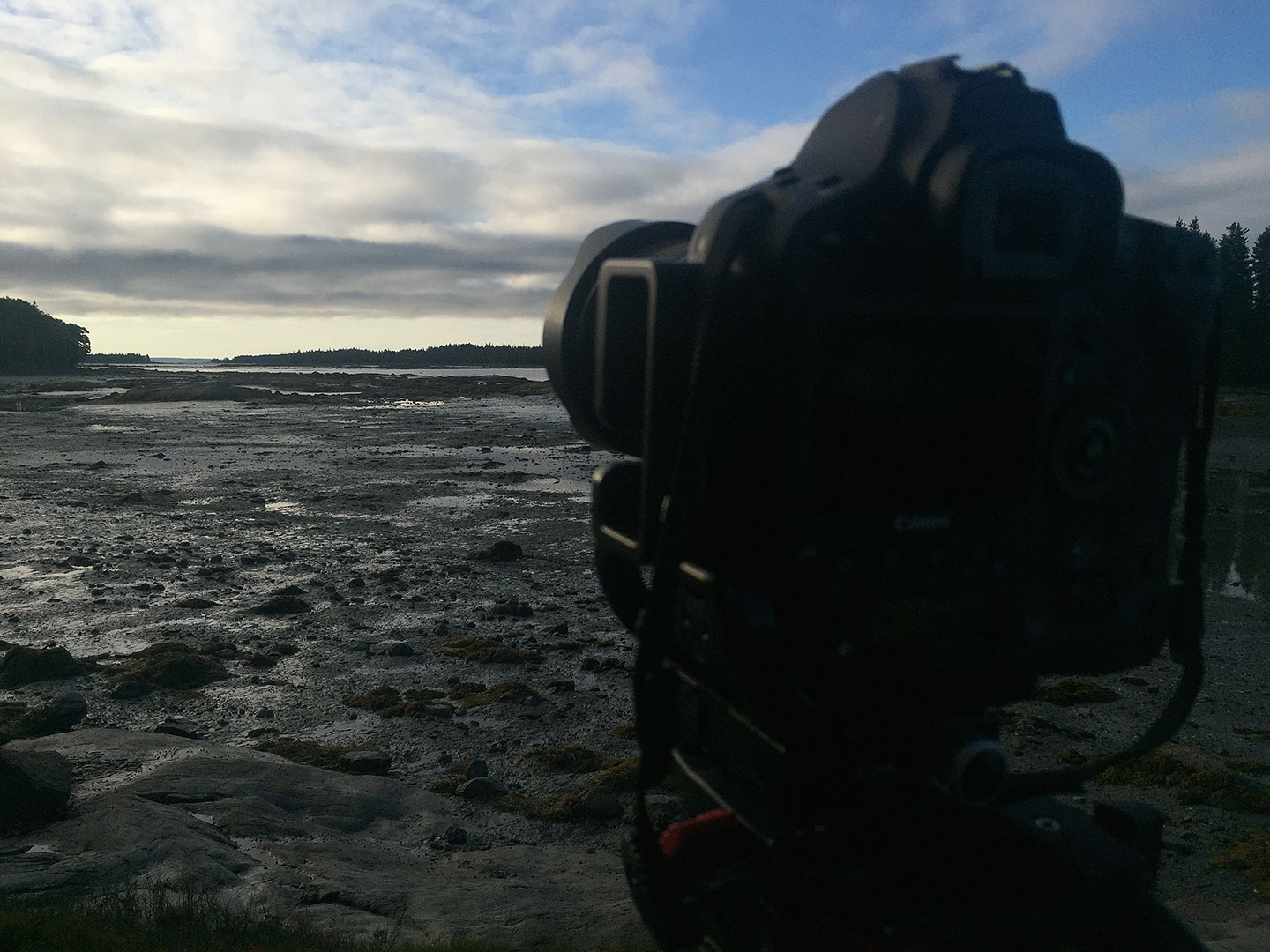
The Canon 1DX Mark II continues to impress me. The image quality for both video and stills is stunning straight out of the camera and the dual-pixel autofocus is incredible. Since testing it out last spring I have been integrating it into commercial video projects as a B or C camera. It holds its own nicely with the Canon C300. That’s not to say it’s a perfect video camera, far from it. It is a stills camera first and foremost but man the footage it can create. I joke that what it is, really, is a gateway drug to the C300 Mark II.
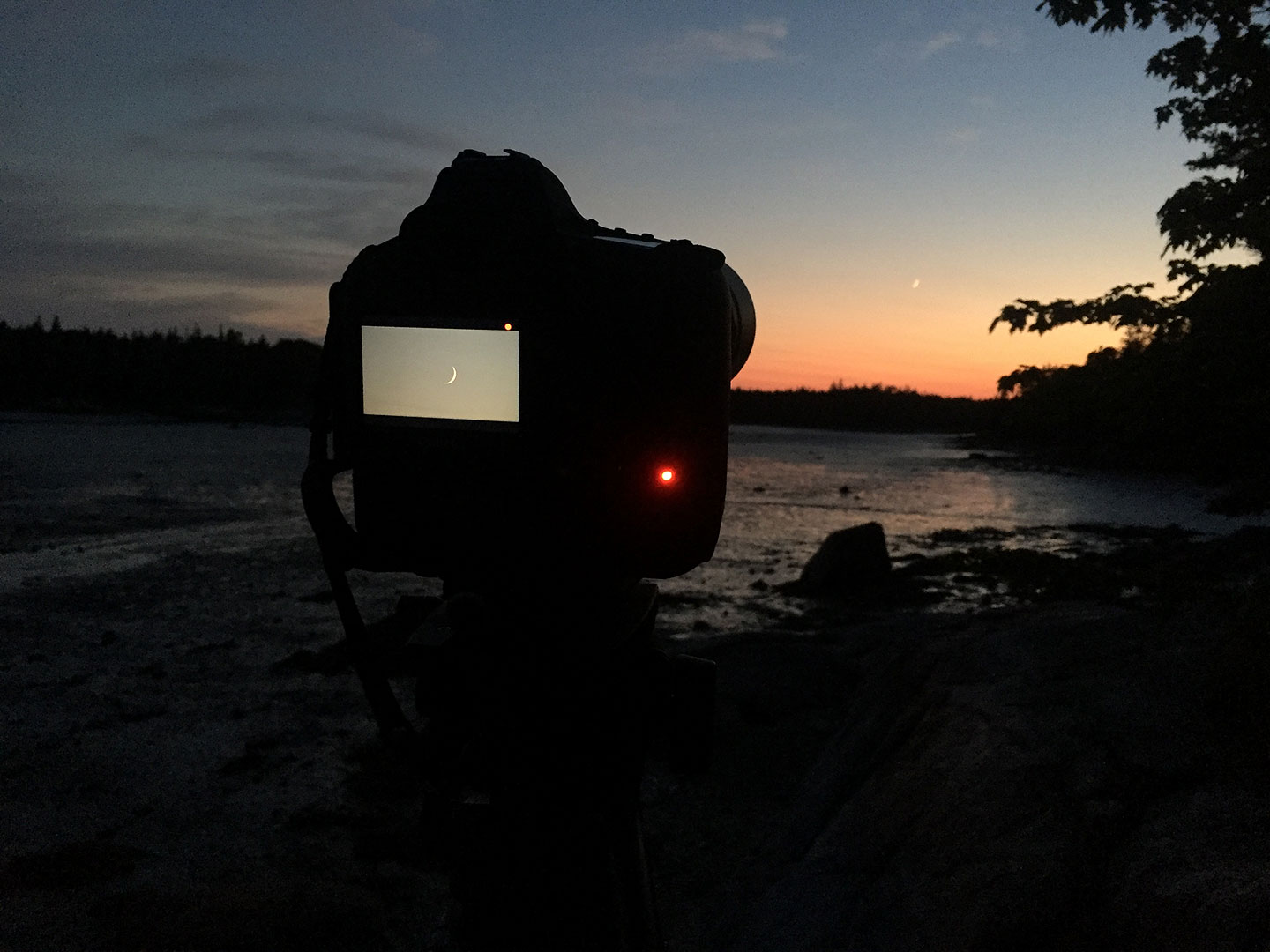
On this trip I also made extensive use of the Canon 100-400mm f/4.5-5.6 L IS II lens. It is extremely sharp and easy to use, even handheld. It combines the versatility of a 70-200 with the longer reach of a super telephoto. If you can live with the variable aperture it is a wonderful lens.
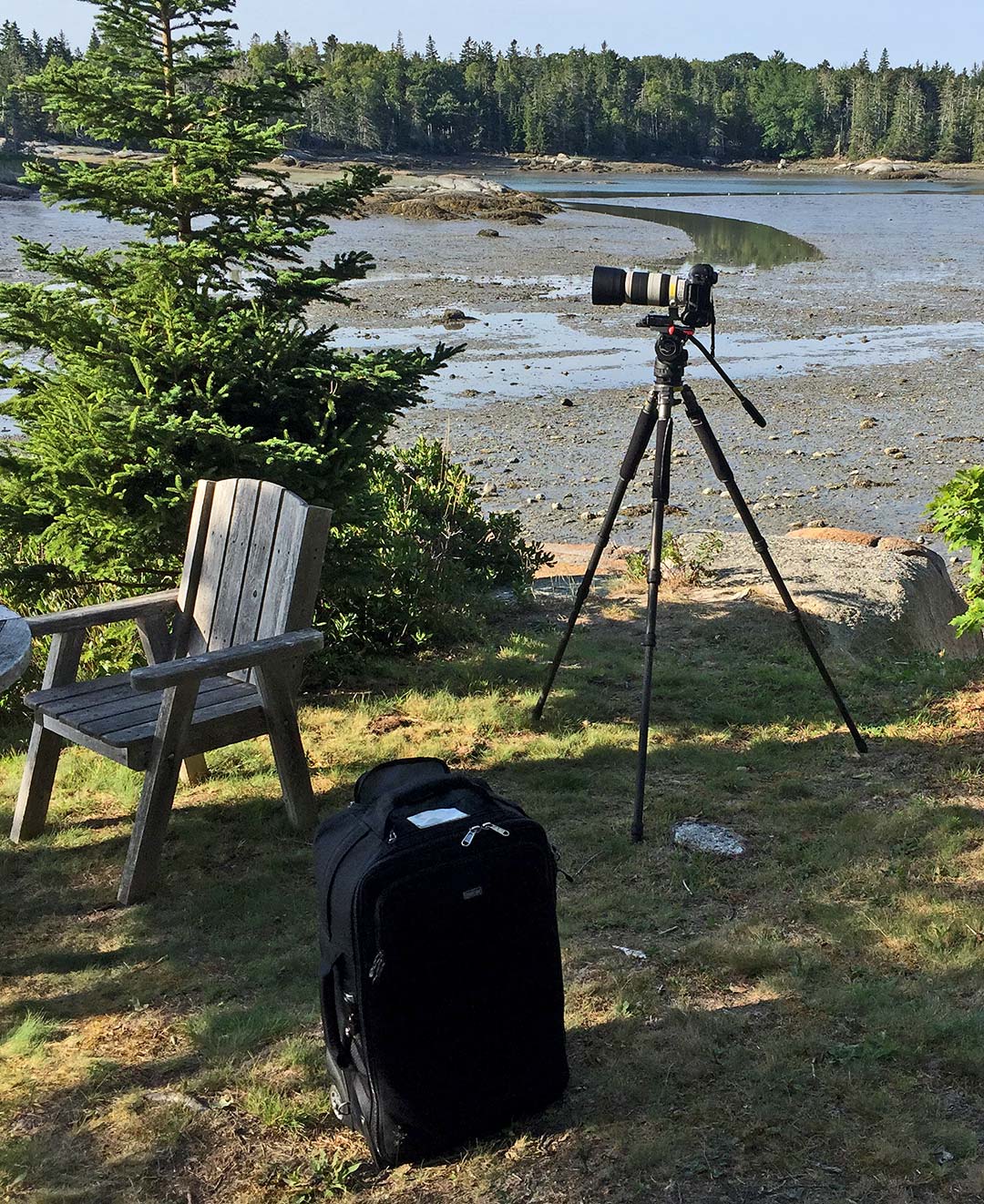
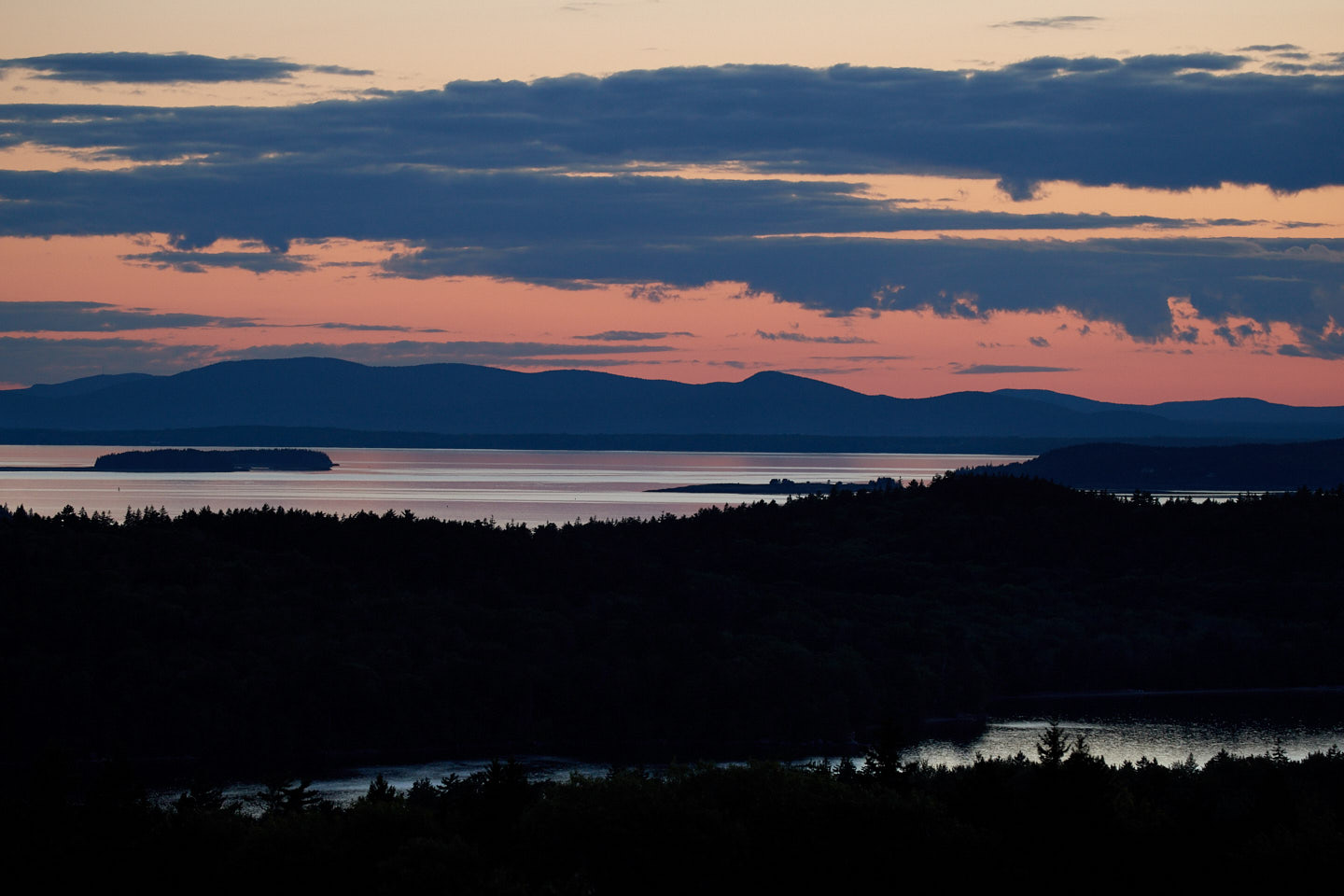
One of the downsides of filming with the 1DX Mark II in 4K is that the codec is extremely inefficient. The camera films in MJPEG (motion jpeg), literally saving a full jpeg for each frame. So, it devours memory cards. But… there is an upside side to that. The 4K footage from the 1DX Mark II is very easy to edit, it takes stabilization added in post very well, the quality holds up when opening up the shadows in post, and pulling a frame grab from the footage results in a surprisingly high quality still image.
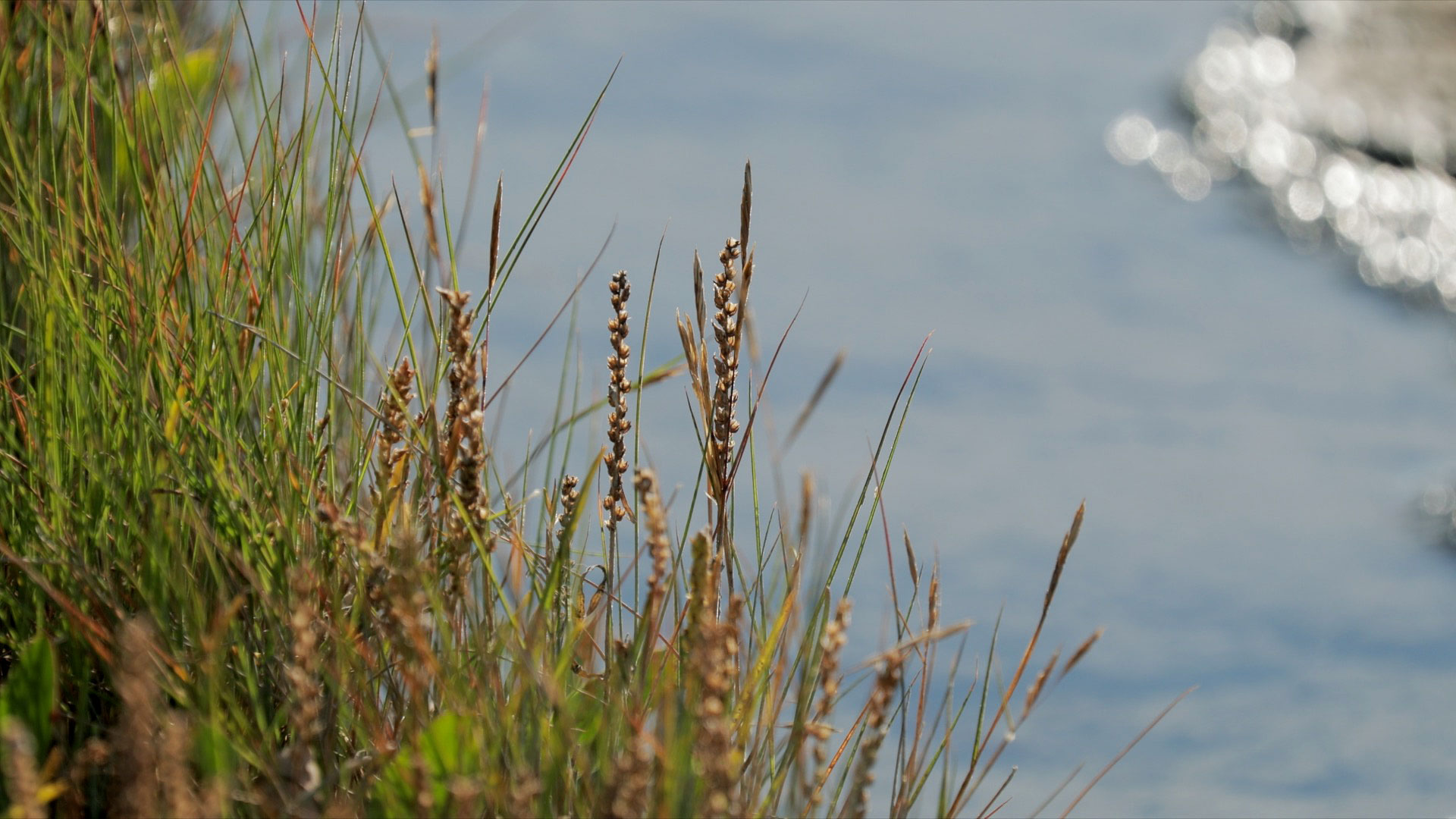
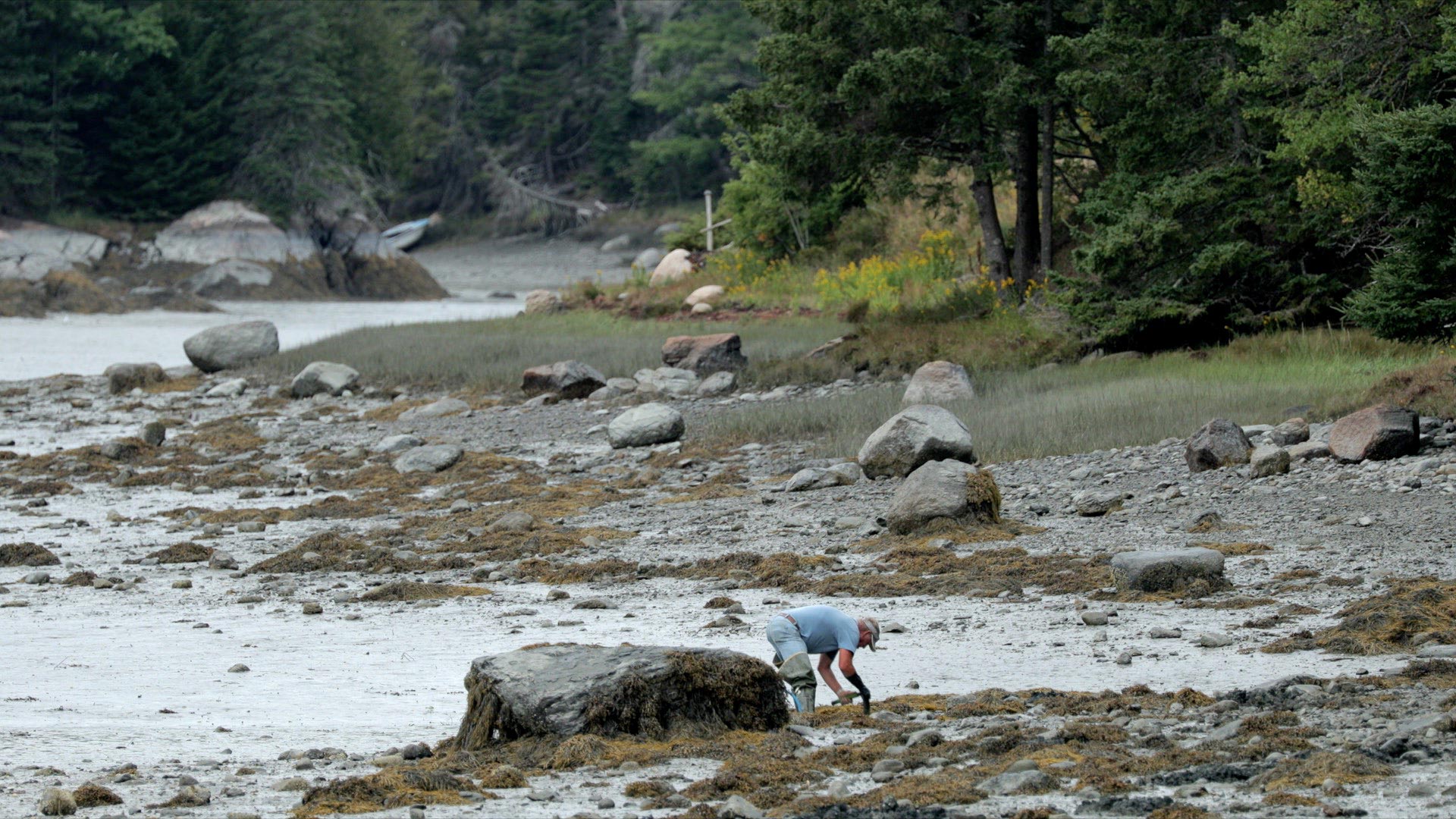
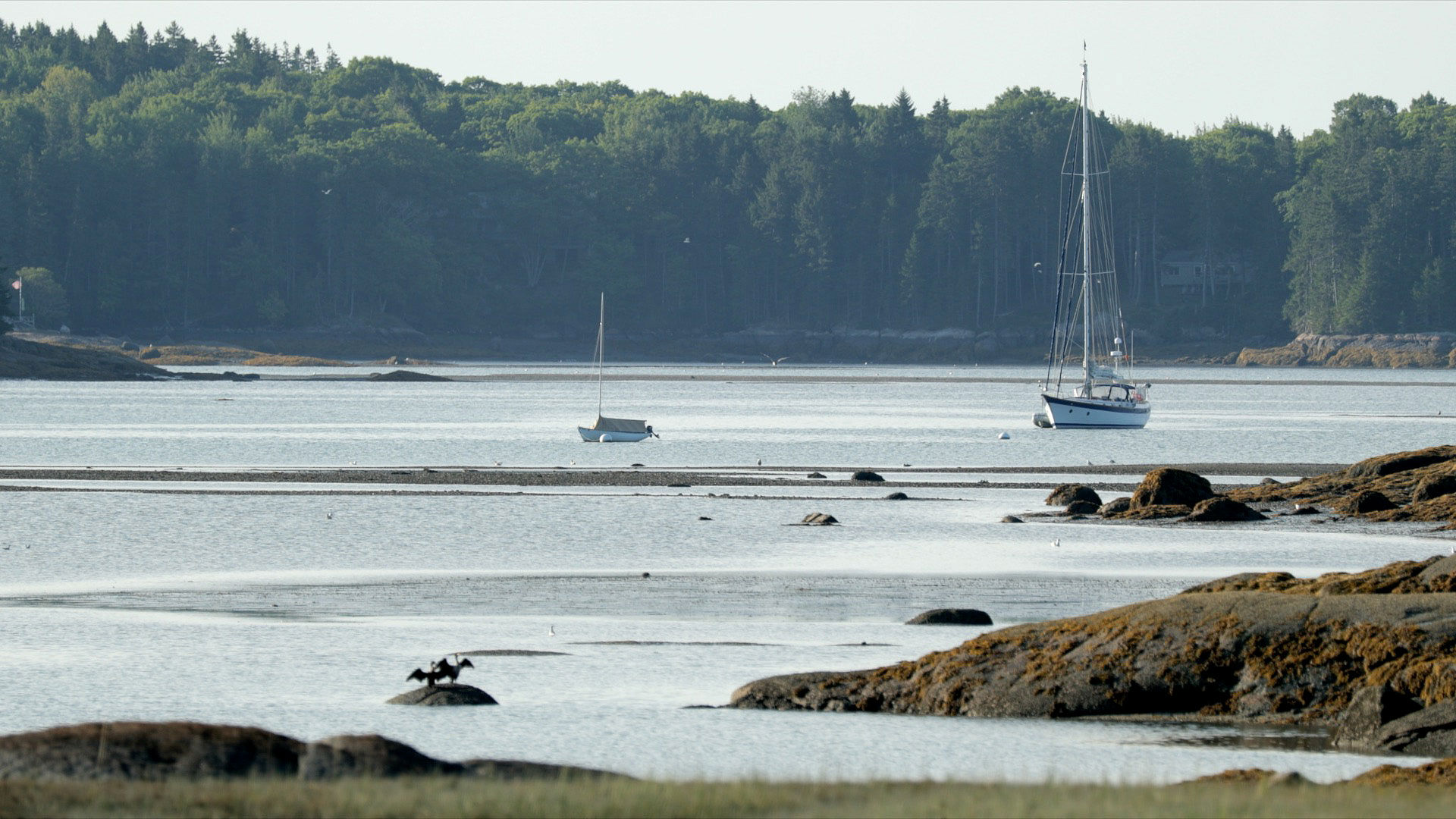
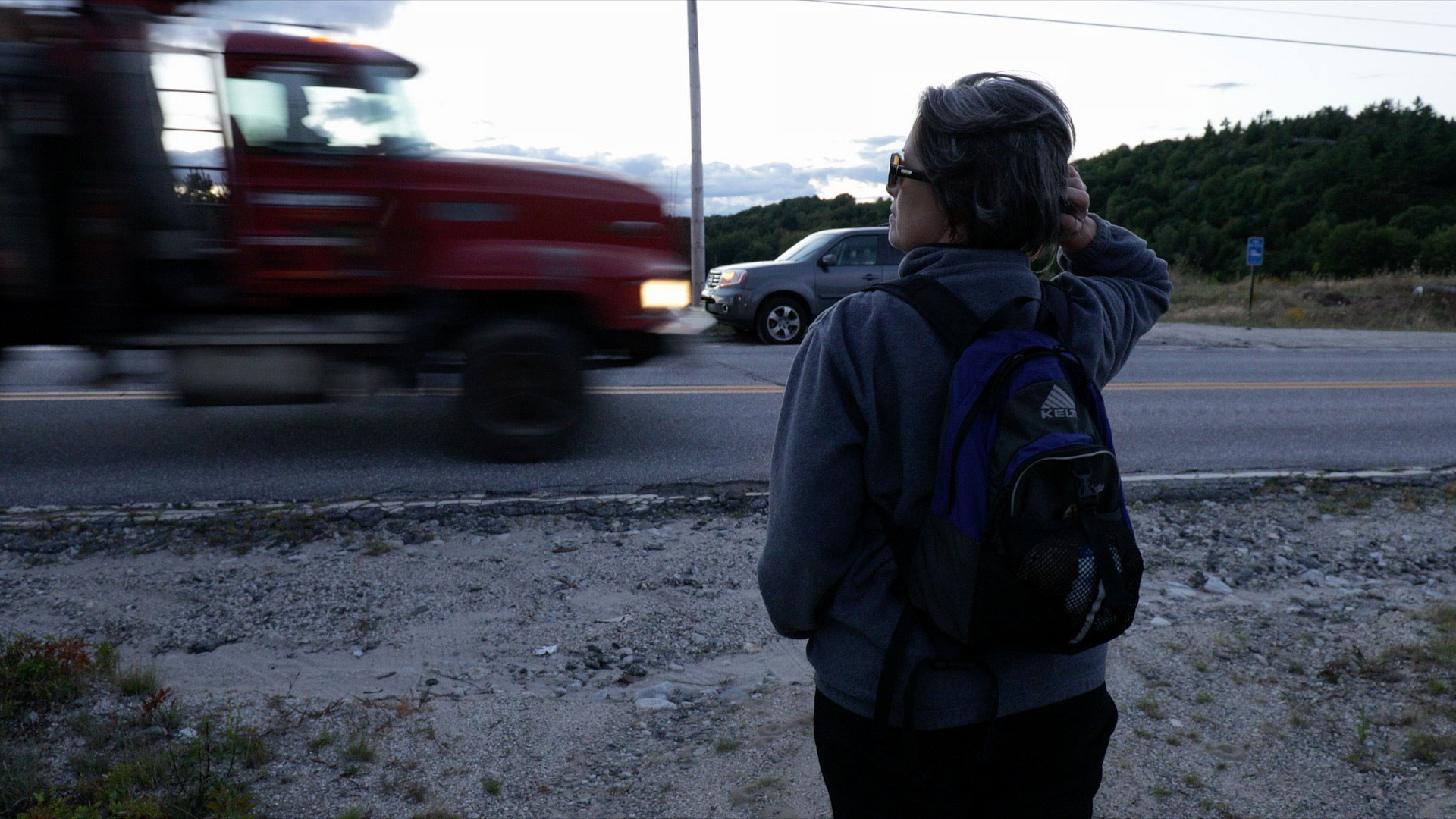
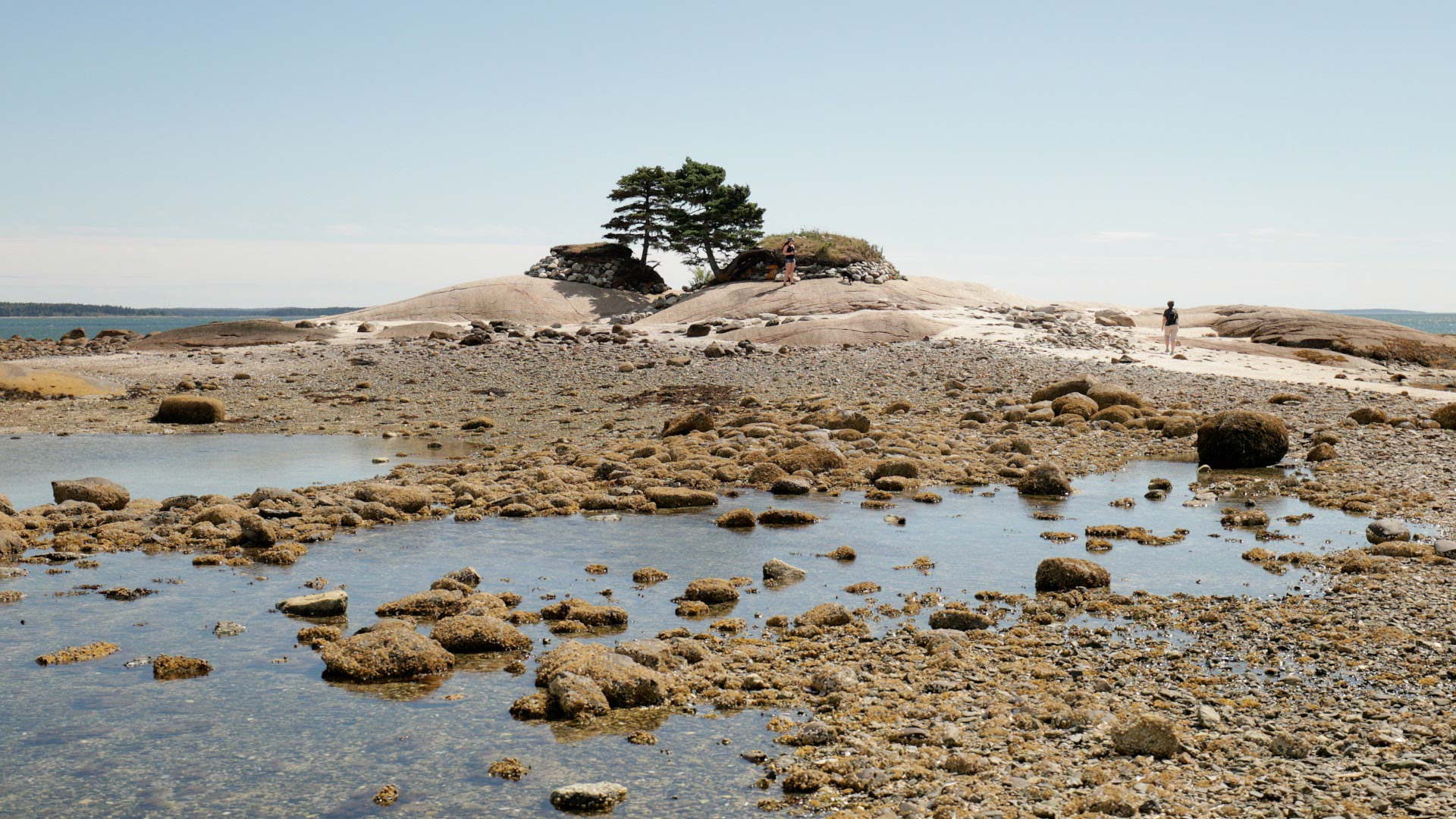
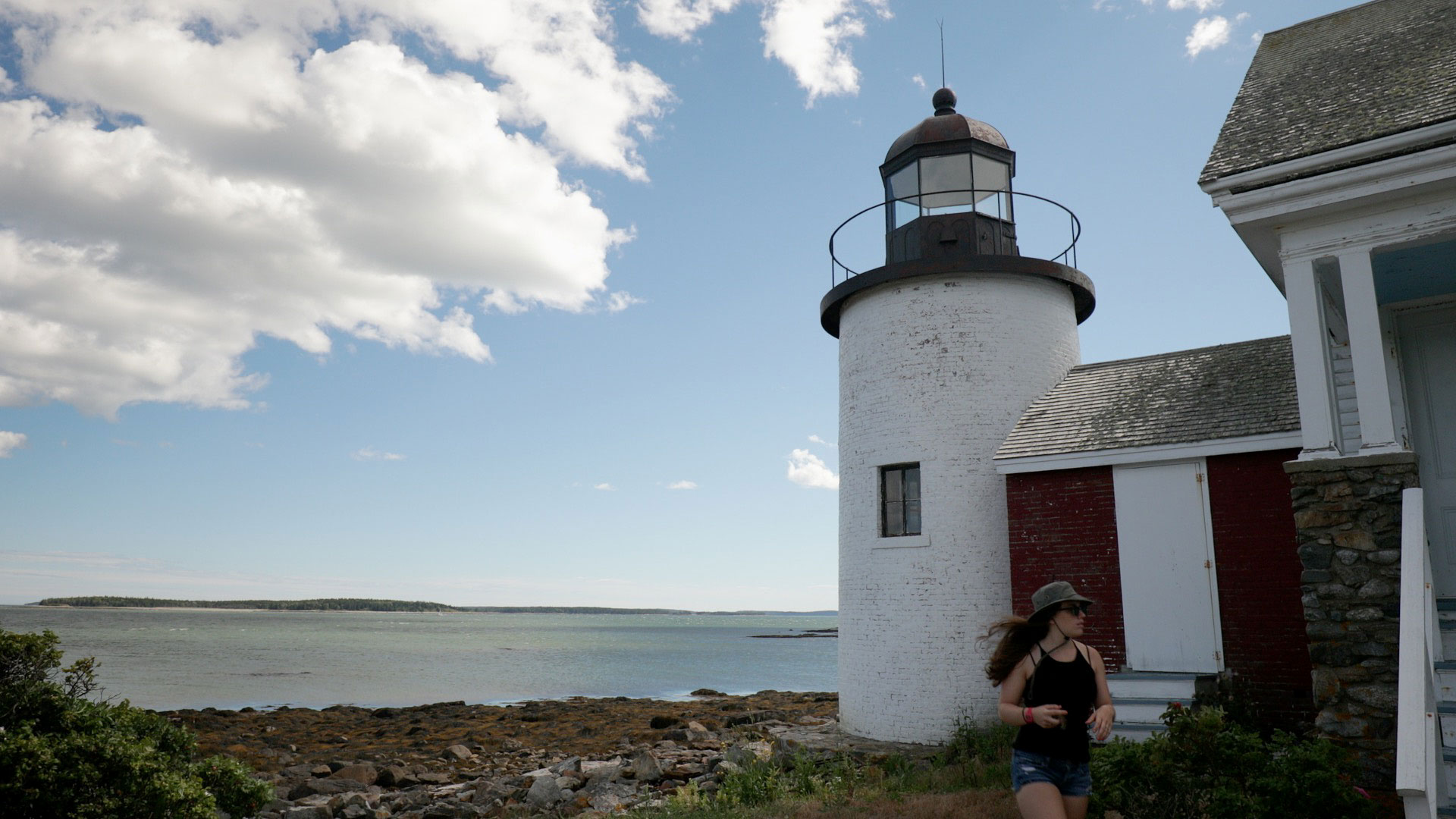
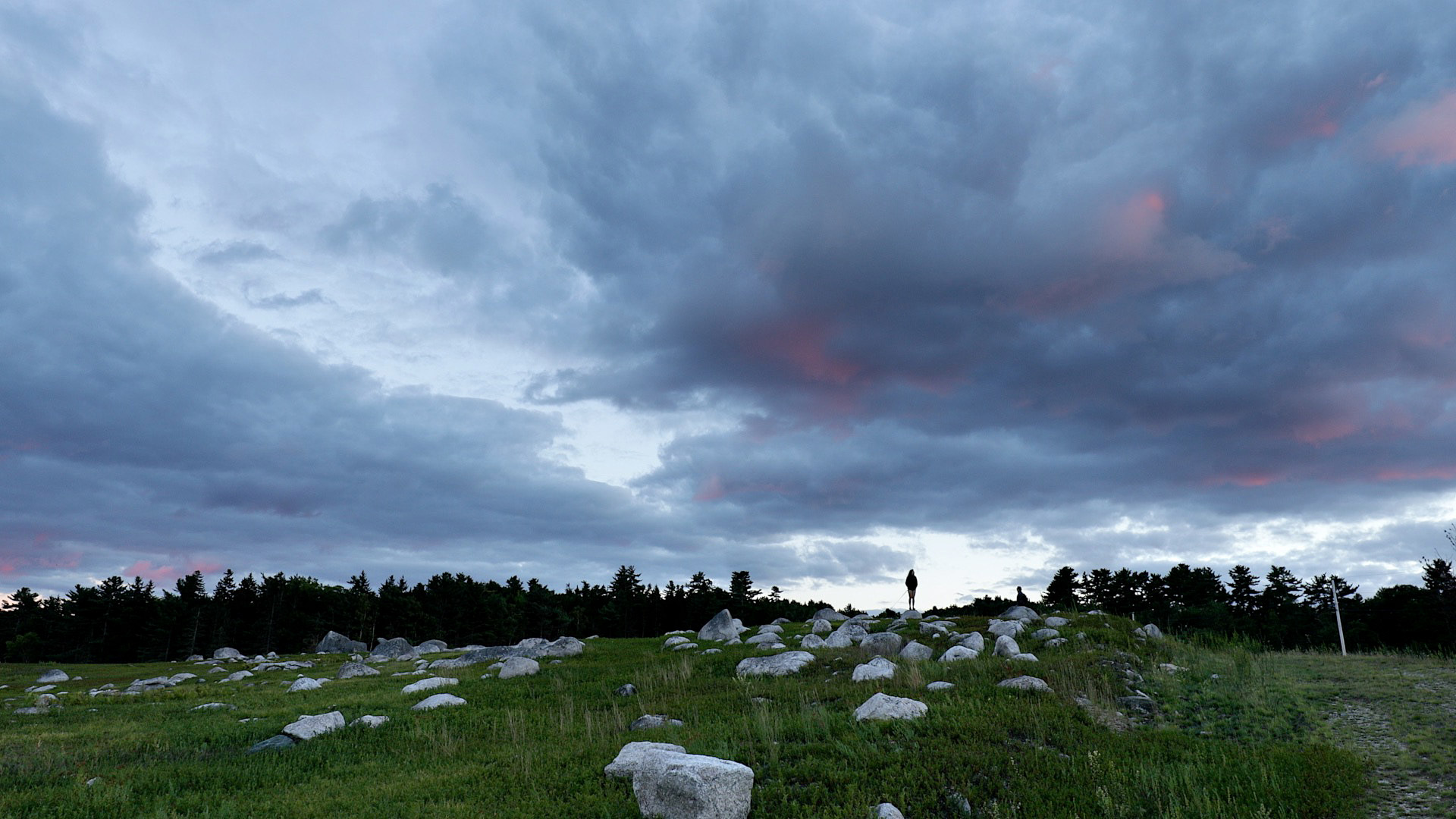
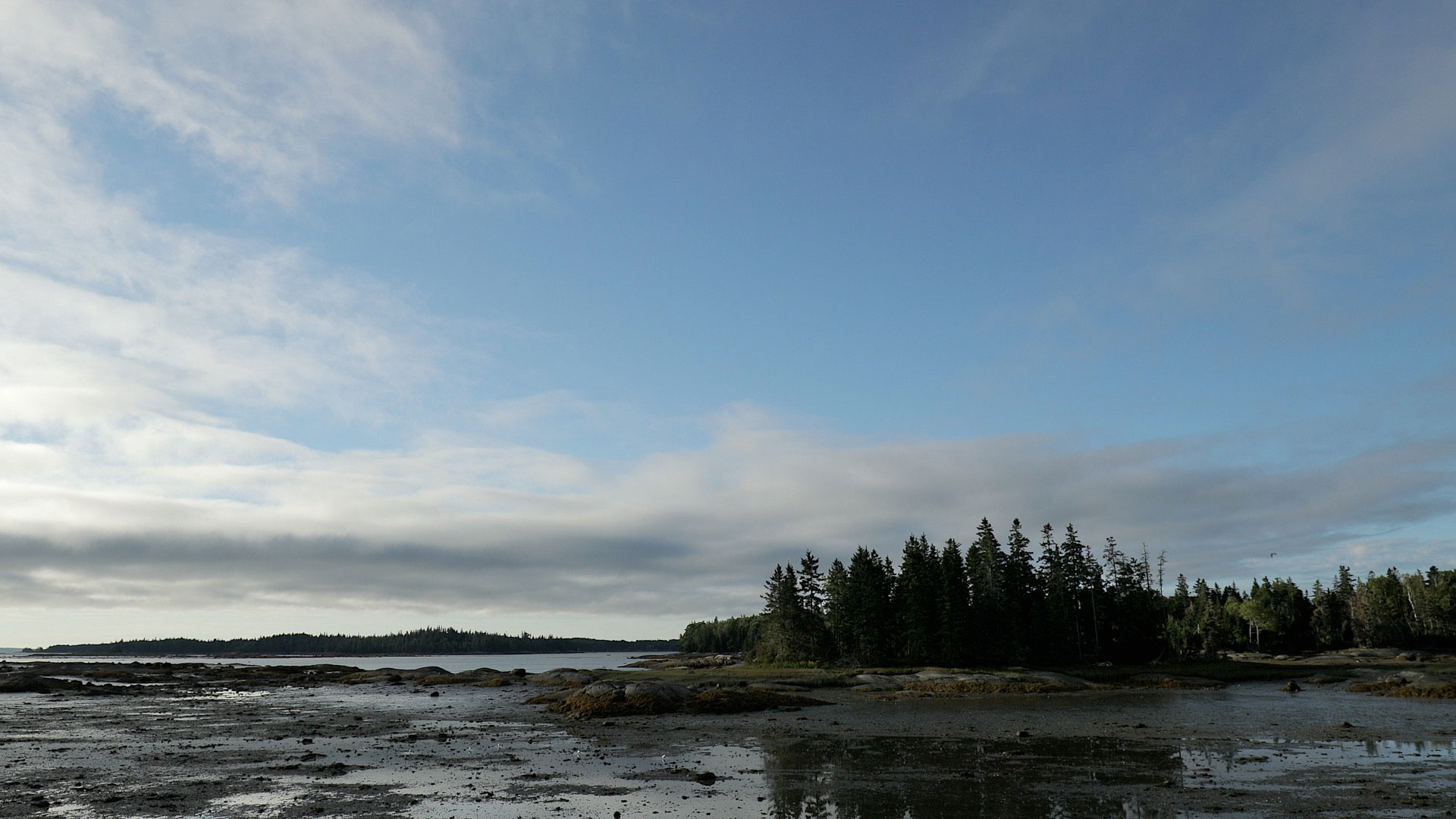
DJI Phantom 4
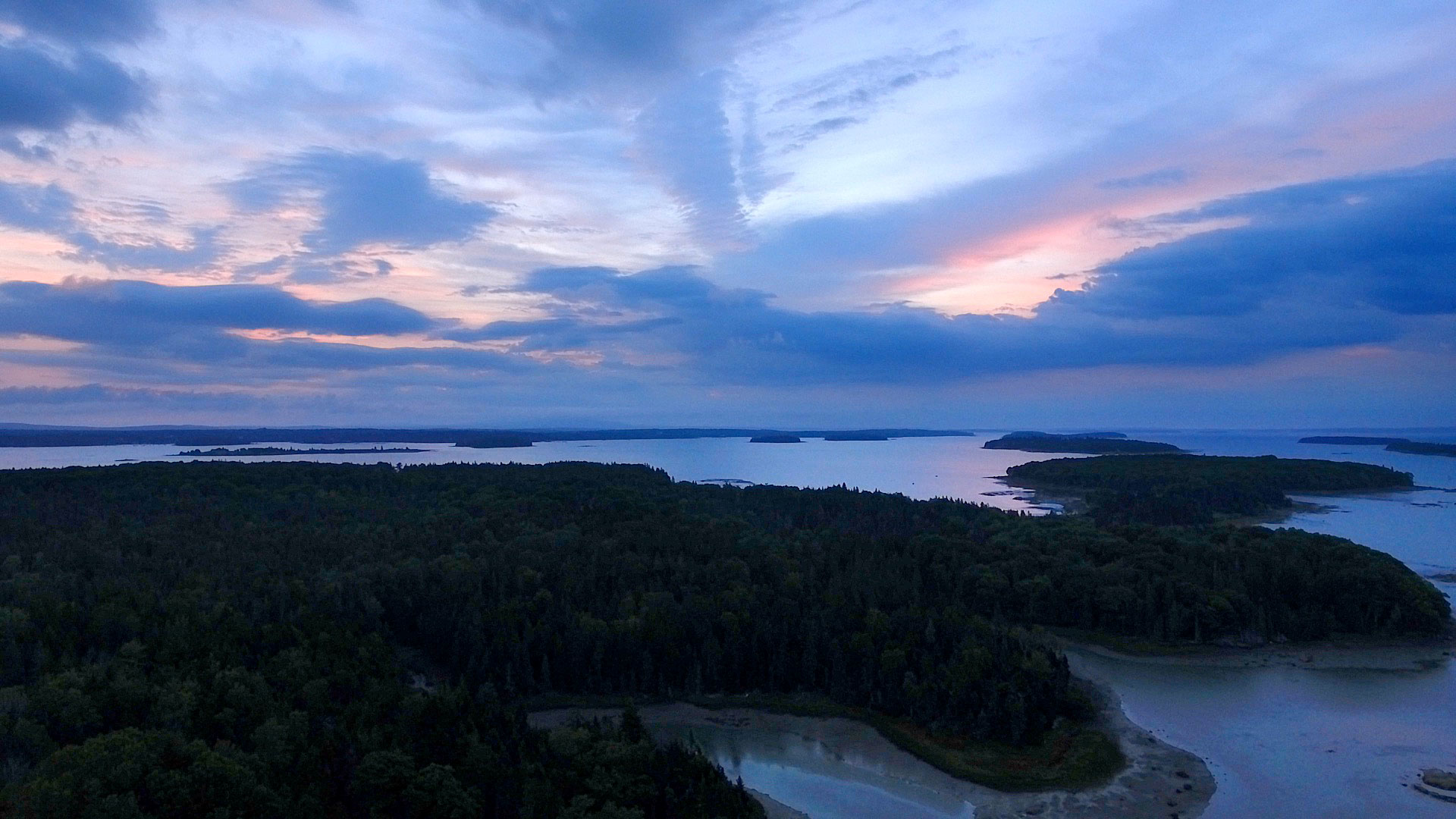
I am about as new to flying a drone as one can get. I bought the Phantom 4 in mid-August just after DJI dropped the price. The price drop, the FAA easing the licensing requirements for commercial use, and some client inquiries are what pushed me to purchase.
So far I like the Phantom 4 though as has happened with many other new drone owners, I crashed it pretty quickly. All I can chalk that up to is me, user error. Luckily, I had purchased DJI Care. For $299 it covers up to the market value of your drone in repairs for one year. Say you crashed your drone and it needed $200 in repairs then you get a free repair including shipping to and from DJI and you still have the balance of your purchase price left in repair credit for the remainder of the year.
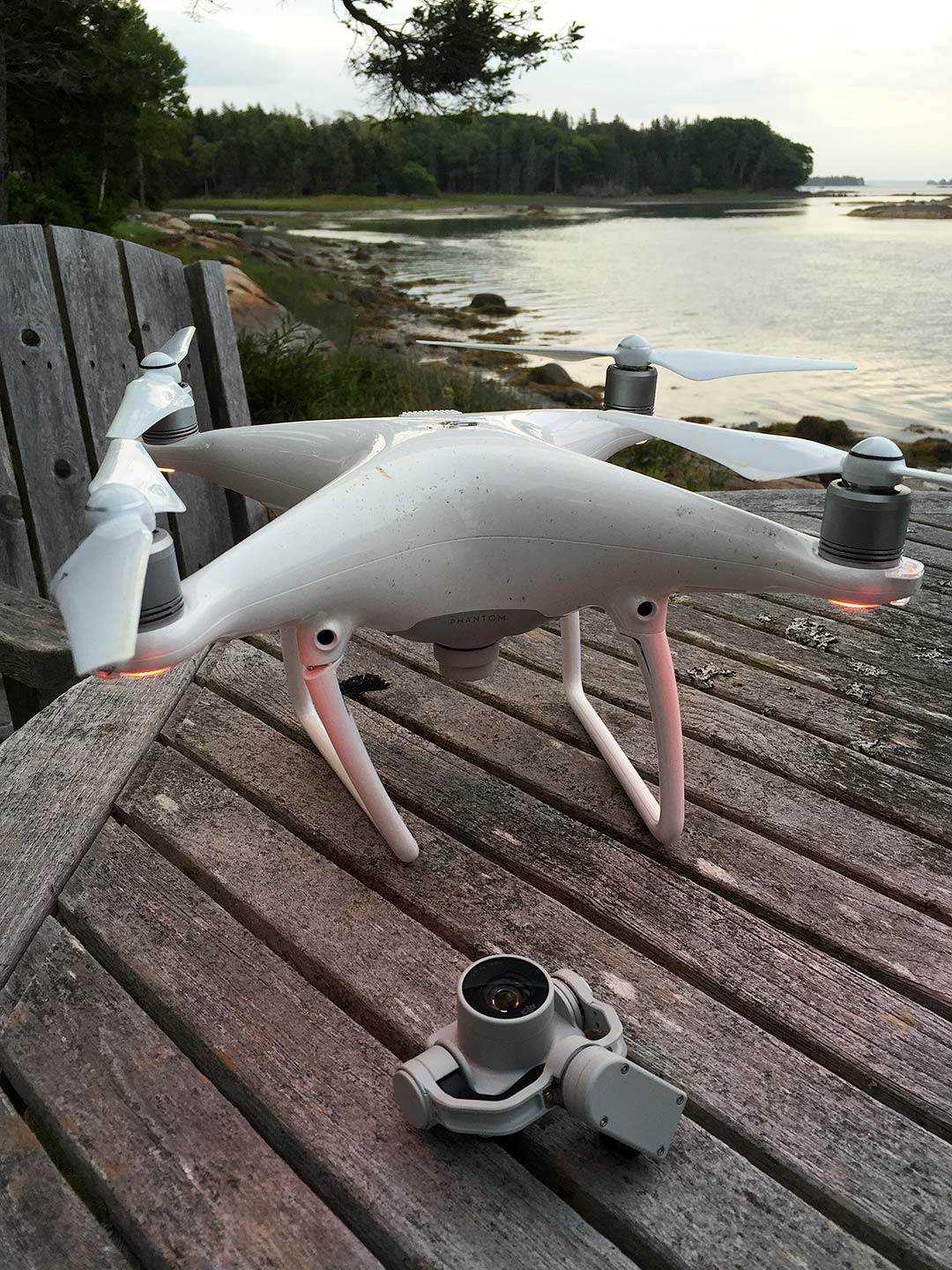
*On the trip I spent some time testing the Phantom 4’s video settings. The jury is still out but I’m leaning toward not using DJI’s D-Log profile. I have a lot of experience grading log footage from the Canon Cinema EOS cameras but from what I can tell DJI D-log is next to impossible to grade without a LUT. I tried using a Phantom 4 LUT from DJI and from FilmConvert but wasn’t happy with either. Banding in the image appears quickly when using D-log especially in skin tones, it’s extremely easy to clip the footage’s tonal range with a slight overexposure, and some LUTs crush the shadows so much they cannot be recovered.
For me, treating the Phantom 4 like a video capable DSLR is probably the answer. Shoot in DJI’s “None” profile which is Rec 709 and then turn down sharpening, contrast, and saturation to taste. One note: be careful how much you turn down sharpening. If you go too far detail will be lost and it cannot be recovered in post. Whether that tipping point is at -1 or -2 I don’t know yet. I’m still testing and it may depend upon which picture profile you are using.
The first Phantom 4 clip in By Land, Sea, and Air, ~00:25 in, is an example of the sharpness being too low and D-log issues. The clip is not as sharp as it could be and the feel of the image is a bit muted and unnatural because of D-log. In post, I cut the clip in half making a within-the-trees segment and an over-the-water segment. I set the brightness and contrast for each separately and then I cross-dissolved between the two. I also added a lot of sharpness in post to both halves to make it usable.
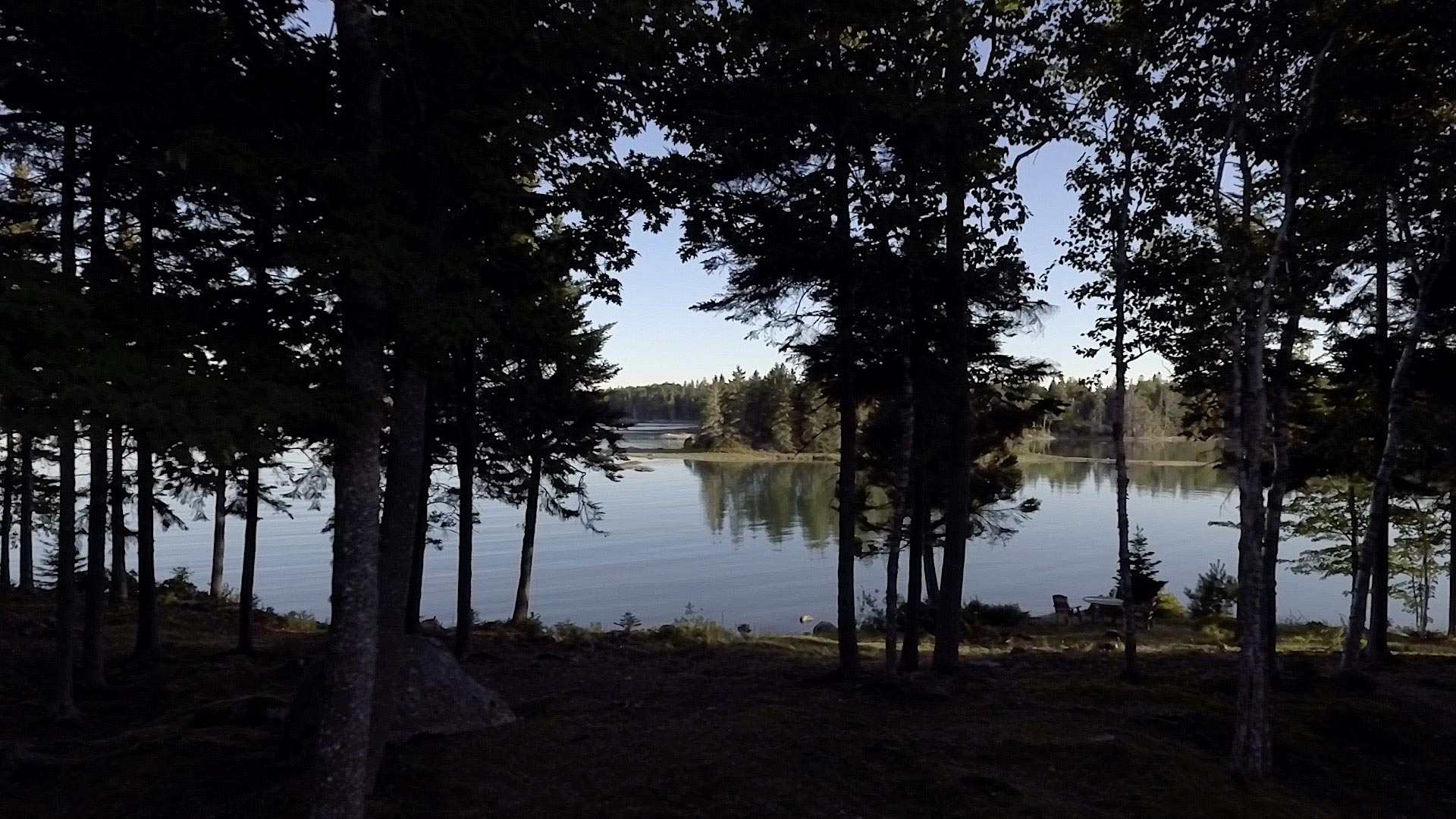
The DJI Phantom 4 can capture 12MP stills in addition to video. They can be saved as jpegs, RAW, or RAW + jpeg.
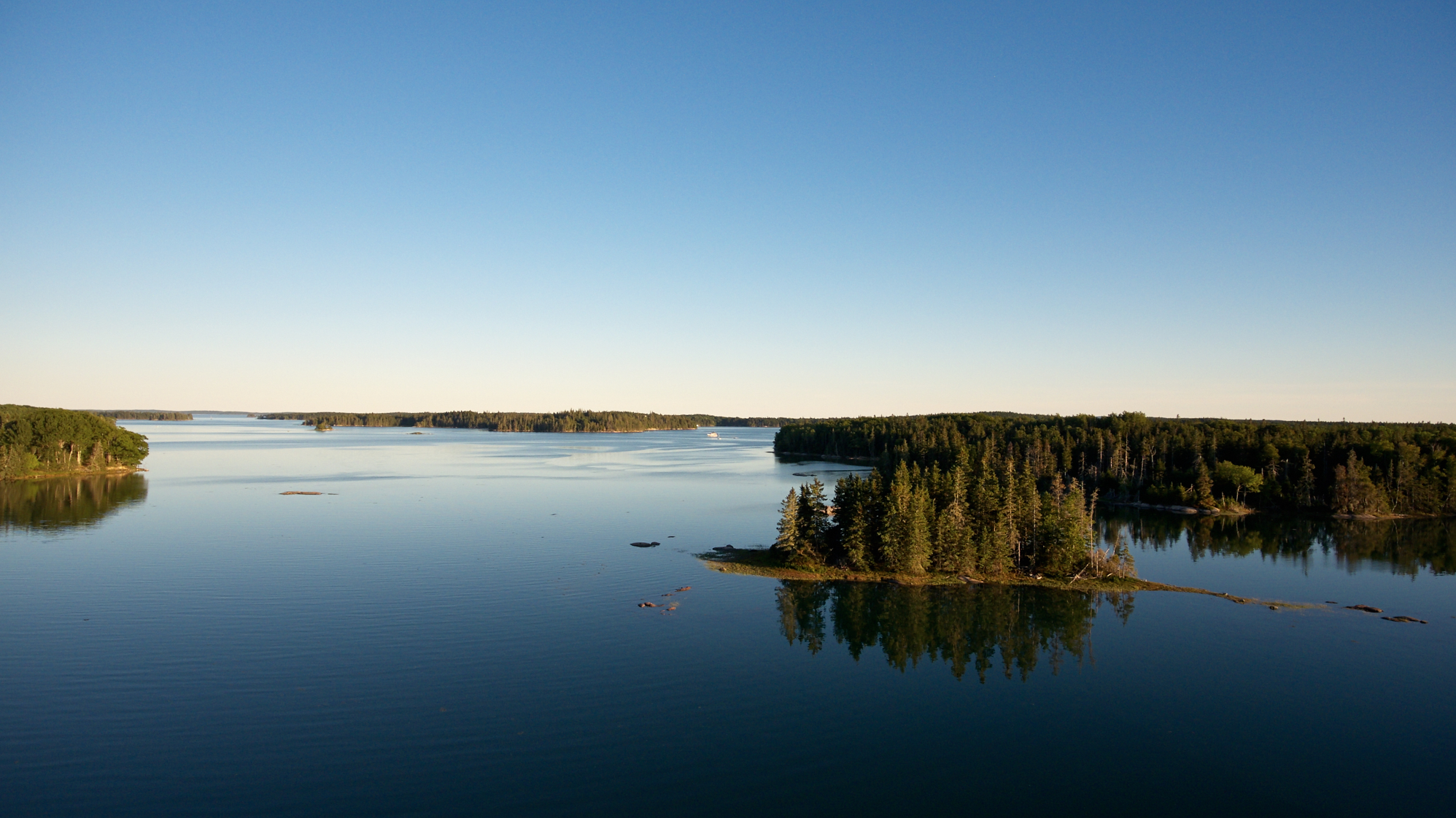
It took DJI about three weeks to fix my drone. It’s back and is as good as new. The customer service experience with DJI was great.
*Update – 10/13/16: Following Mark Dobson’s advice (see comments below) I tried using Ground Control’s Falcon LUTs which are made for DJI’s Phantom 4 D-log along with other DJI models. It definitely made a difference on the log footage in By Land, Sea, and Air. With it I was able to get better color and a more natural look out of the D-log versus trying to grade D-log manually in FCPX. The film has been updated to reflect this. The opening drone clip, 00:25 – 00:35; the swimming sequence, 01:20 – 01:29; and the sunrise aerial, 02:00 – 02:07; have all been refreshed using a Ground Control LUT. I don’t feel that going the log/LUT route in general is a slam dunk for me, I have some tests which point in the opposite direction, but in this case it did help. I’ll go into more detail in a separate blog post.
GoPro Hero4 Black
I started renting GoPro’s for projects a few years ago. I used three on, Dean Diller’s Ride, and was impressed enough with their versatility that I bought one in early 2016.
The key to using a GoPro on a project, I have found, is in how you kit it out. You want professional level mounts and grip. All of GoPro’s branded add-ons are plastic and they can be problematic. Often, they won’t fully secure the camera or they are less forgiving when adapting the camera to odd shapes (such as bicycle tubing which is not always round.) So, having more robust options for grip is a necessity.
In Maine, I tested a setup similar to what I had used for one of the GoPro camera angles on Dean Diller’s Ride – attaching the camera to a bicycle via an arm and a clamp. In this case it was using a Manfrotto Nano clamp with a Wooden Camera NATO Lock Arm and a Wooden Camera GoPro adapter. My intention had been to use a ball head instead of the arm but I neglected to bring it on the trip. Using the NATO Lock Arm worked, it allowed for some finesse in positioning the GoPro, and it kept it locked down throughout two long bumpy rides. A small gimbal mounted to the bike would have provided a smoother image. Perhaps GoPro’s new Karma Grip or a third-party one like the Feiyu G4? I used the latter on Dean Diller’s Ride to film alongside the subject as he biked.

You’ll note in the image above that I used a ND 8 on the Hero4 to hold down the shutter speed. It is a 3-stop ND filter. It worked well when the bike was on the road where it was naturally brighter out but it caused some increased blurriness due to longer shutter speeds in the short off-road section in the woods where it was darker. In regards to the NATO rail – I have found that quick release mounts are always better then having to screw components on or off. It may not matter when shooting for yourself but it makes a huge difference when working on set.
Here’s one final frame grab from the GoPro mounted on the kayak.
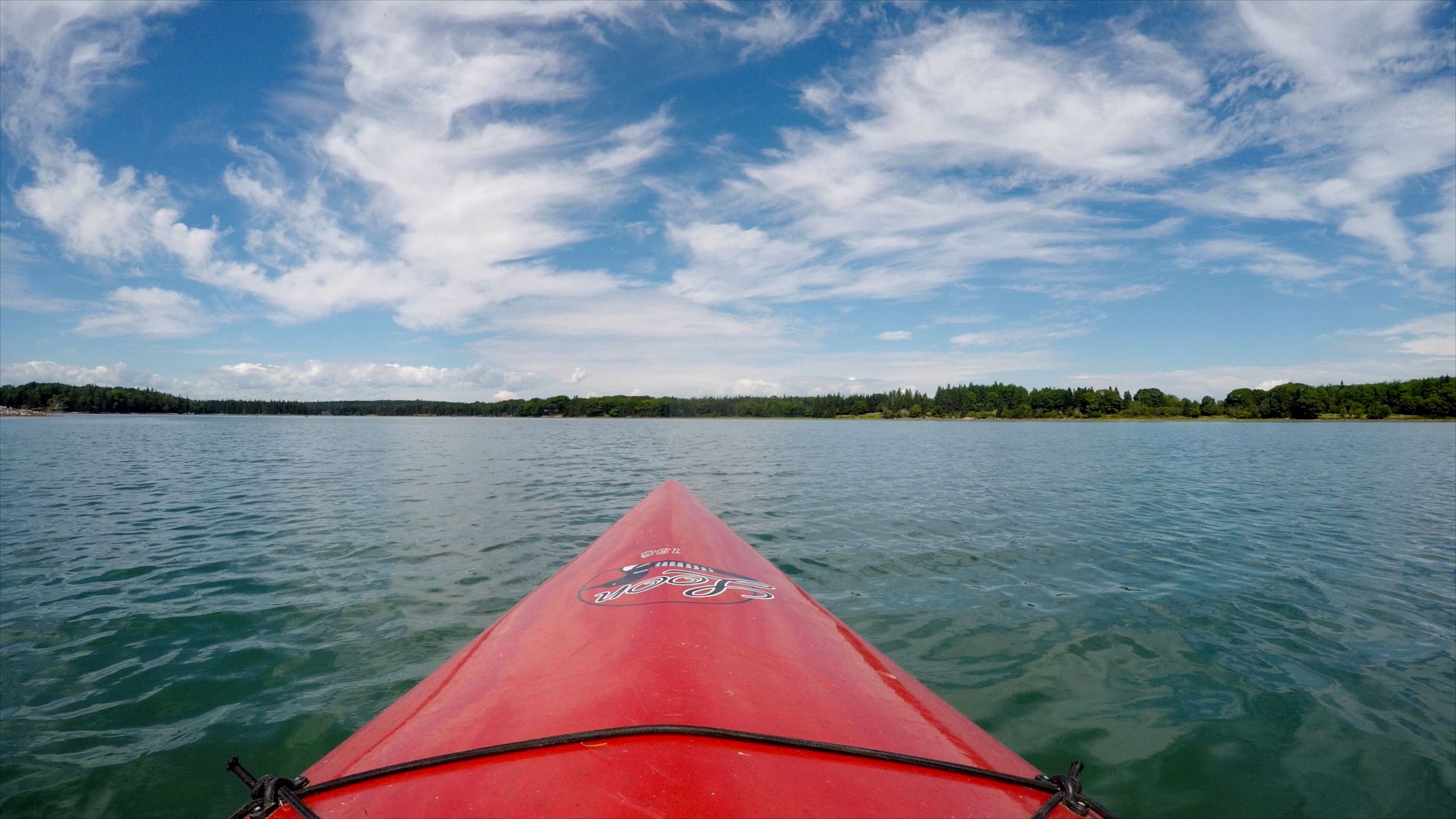
Hi Jon,
Always enjoy your short landscape films – truly beautiful environment you live in. Impressed with the way you have picked up drone filming as well. It’s a particularly steep learning curve and like you I crashed my original Phantom 2 several times, it eventually fell out of the sky and was smashed beyond repair after I stopped the engines mid flight in an attempt to get it to both descend and and go into reverse at the same time. I’ve since had an Inspire 1 for almost 2 years and never had any mishaps. DLog is a good choice and the best LUTs I’ve come across are the Ground Control Falcon LUTs of which I use the Ridge LUT at 50%. I’ve just put an order in for the new DJI Mavic Drone as the form factor will make getting the odd drone shot whilst out filming far easier.
best, Mark
Mark,
Thank you! You always have great information.
Sorry to hear about your Phantom 2. I guess crashing is part of the learning process!
I have a couple of friends who have the Inspire 1 and really love it. I know that the jump in quality from the Phantom series is easily visible.
I tried using DJI’s Phantom 4 LUT. That is the one that blocked up the shadows completely. FilmConvert was more subtle but also part of their ecosystem where one is really looking to emulate film. If you turn off the film grain aspect of it, it still made a difference vs. my grading manually but not enough of a difference that it looked worthwhile. This was only in terms of grading the D-log. I know many use FilmConvert for its look.
I’ll check out the Ground Control Falcon LUTs.
Curious if you agree with D-log vs C-log? I’ve always graded C-log by hand, never used a LUT. D-log seems to require using a LUT at least in FCPX. Without a LUT it’s very hard to get nice contrast and color throughout the tonal range of the D-log footage.
Jon